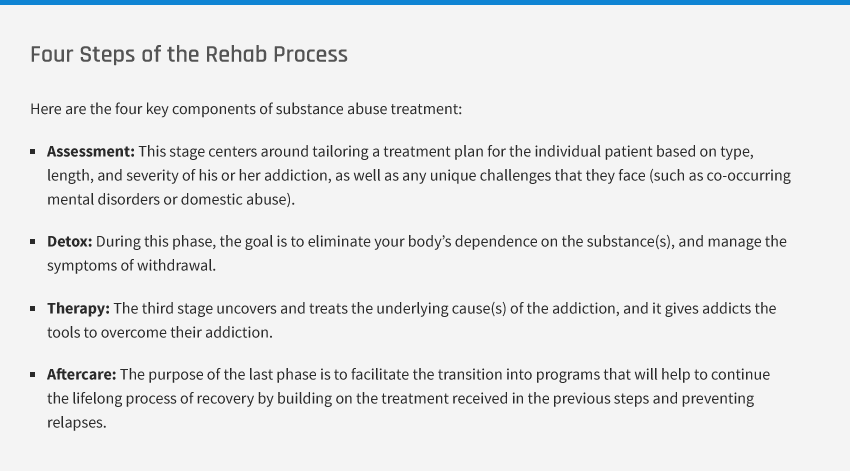The recovery process for Dilaudid addiction begins with an initial detoxification process, during which Dilaudid is eliminated from the user’s body. Dilaudid has a half-life of 8 to 15 hours, indicating that about half of the substance will be removed from the user’s body in this time frame. Therefore, the initial detoxification period usually lasts for two to three days. However, it may take several weeks to complete the full withdrawal process.
An individual may experience withdrawal symptoms for several months after completing the detoxification process. When withdrawal symptoms persist for more than two weeks, they are classified as post-acute withdrawal symptoms. Depending on how long the individual has been using Dilaudid, along with how much Dilaudid was used each day, it may take up to a year to fully withdraw from this substance.
Withdrawal Symptoms
Dilaudid users may experience severe withdrawal symptoms
The most common symptoms of Dilaudid withdrawal include muscle aches, abdominal cramps, nausea, vomiting, sweating, and diarrhea. In addition to these symptoms, some users experience severe withdrawal effects, some of which can be life-threatening. For example, withdrawing from Dilaudid has been known to cause seizures in some individuals. Some people also experience hallucinations, which makes them see or hear things that are not really happening.
The vomiting and diarrhea associated with Dilaudid withdrawal can lead to death in some users
Vomiting and diarrhea may not seem like serious withdrawal symptoms, but they can be deadly for some users who try to stop using Dilaudid. These symptoms are both associated with a loss of fluid and electrolytes. If an individual does not replace these lost fluids, persistent vomiting and diarrhea can lead to death from a dangerous electrolyte imbalance.
During the initial detoxification process, Dilaudid users may feel like they have the flu
One of the reasons it’s so difficult to stop using Dilaudid is that the initial withdrawal symptoms can cause serious discomfort. Many users experience nausea, vomiting, shaking, chills, and sweating, all of which can make an individual feel like he or she has a severe flu.
Dilaudid withdrawal can cause a dangerous increase in autonomic nervous system activity
The autonomic nervous system regulates critical functions such as breathing, digestion, and heart rate. Stopping Dilaudid suddenly causes an increase in autonomic activity, which increases heart rate, respiratory rate, and blood pressure. In people who have heart and lung conditions, the increased autonomic activity associated with Dilaudid withdrawal can be deadly.
Dilaudid Detoxification Medications
Several medications have been approved by the U.S. Food & Drug Administration (FDA) to help with Dilaudid detoxification. Agonists are prescribed to reduce cravings for Dilaudid. These medications suppress cravings by activating the brain’s opioid receptors. Antagonists have the opposite effect; instead of activating opioid receptors, they block the receptors. This prevents the user from experiencing the pleasant effects of Dilaudid and other opioids. Partial agonists also activate opioid receptors but not as effectively as agonists do. This prevents users from experiencing the pleasant effects of Dilaudid.
For more information about withdrawal, read our guide on Dilaudid Addiction.


